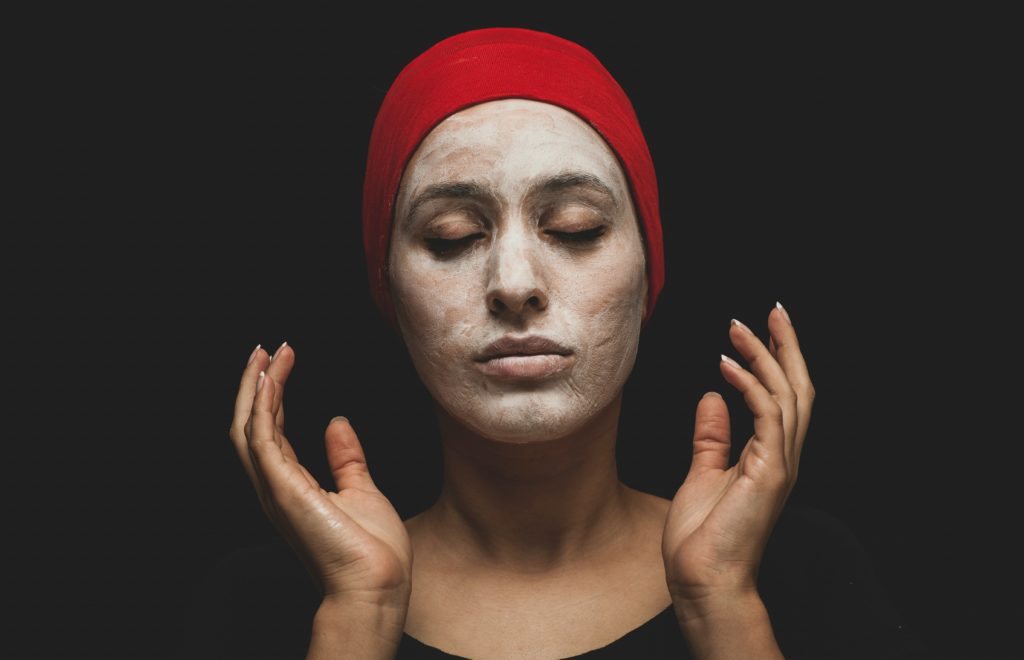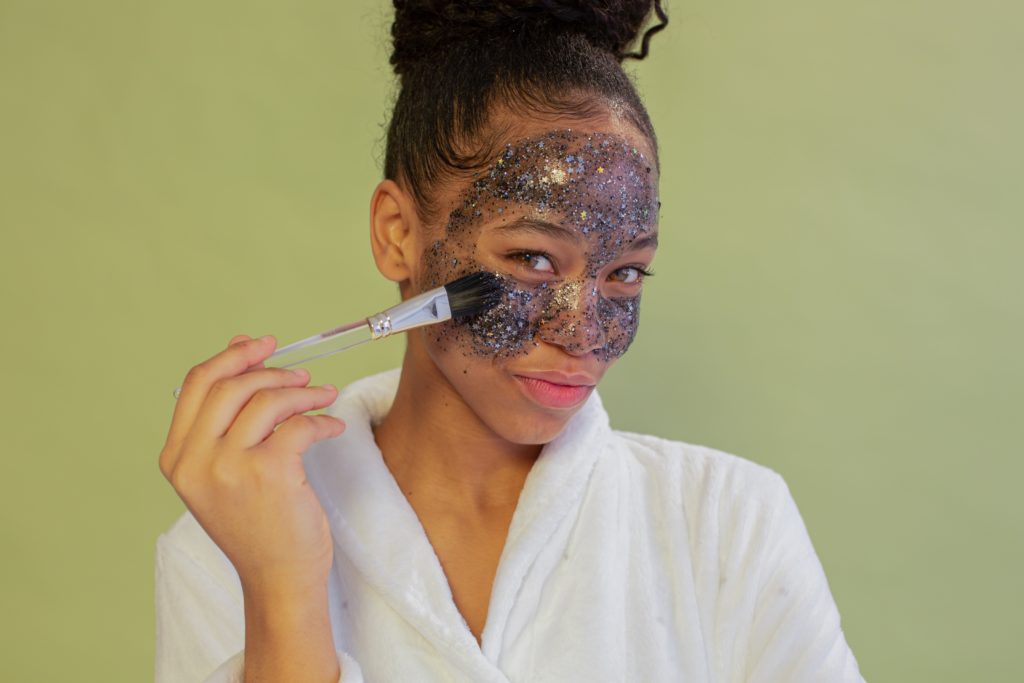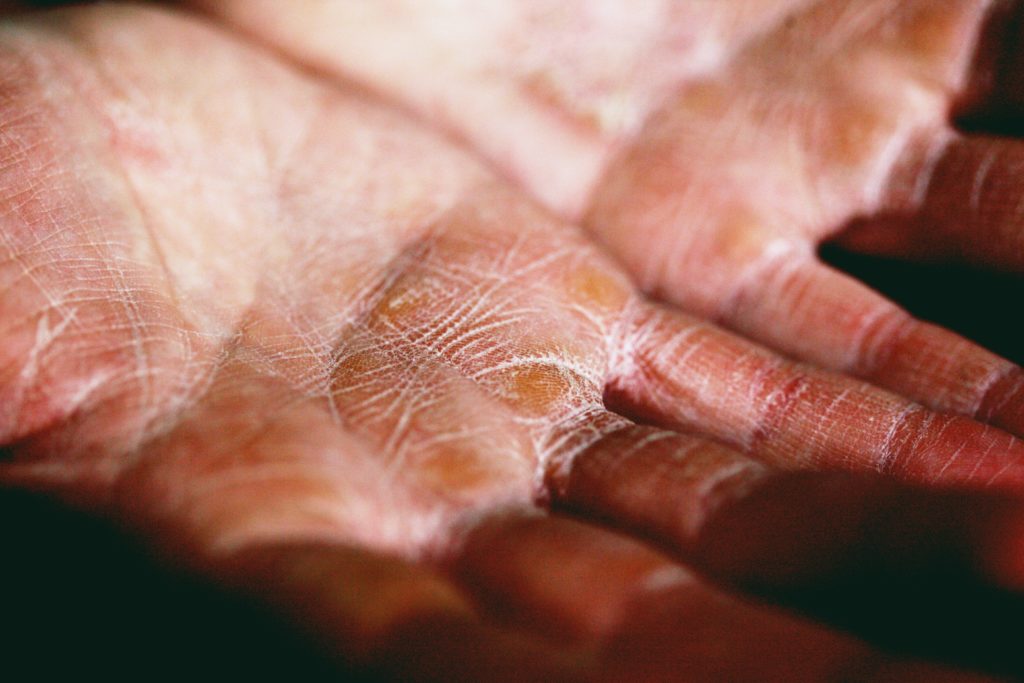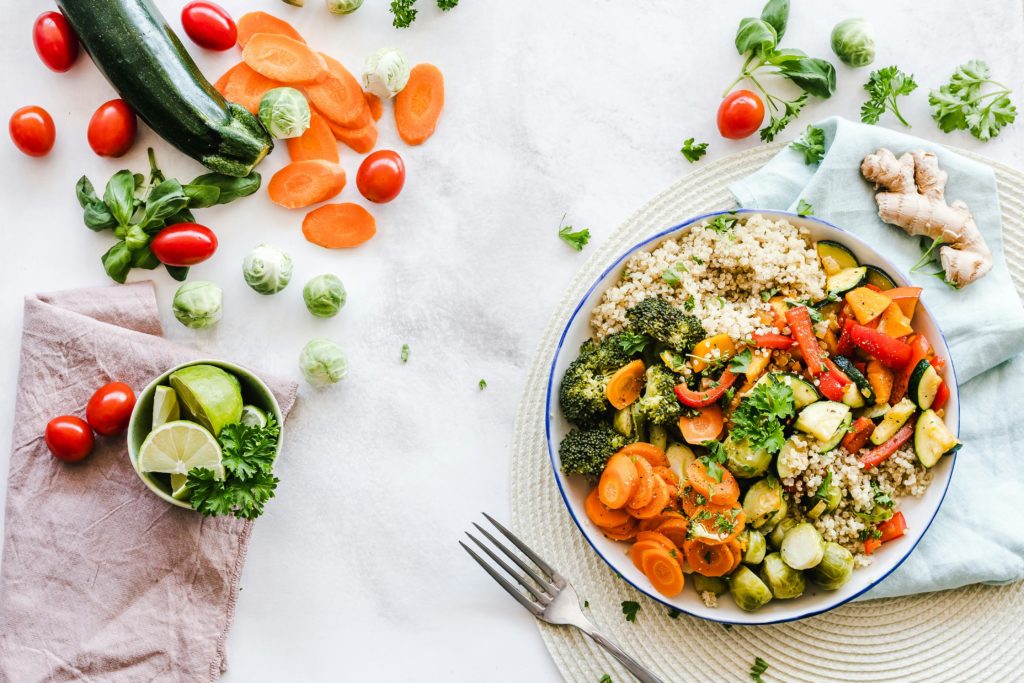In the quest for smooth, clear skin, it’s easy to feel overwhelmed by the myriad of skincare products available on the market. Among the multitude of options, clay masks and pore strips stand out as popular choices for addressing common concerns such as blackheads and enlarged pores. Both products offer targeted solutions for unclogging pores and improving skin texture, but they work in different ways and produce varying results.
Clay masks are formulated with ingredients like kaolin clay, bentonite clay, or charcoal, which work to draw out impurities, absorb excess oil, and refine pores. When applied to the skin and left to dry, clay masks create a tightening sensation as they absorb excess oil and debris from the pores, leaving the skin feeling refreshed and rejuvenated.
On the other hand, pore strips are adhesive strips that adhere to the skin and are designed to physically pull out blackheads and debris from the pores when removed. They are typically applied to damp skin, left to dry for several minutes, and then peeled off, hopefully taking blackheads and excess sebum along with them.
Both clay masks and pore strips offer distinct advantages and disadvantages, and the choice between the two ultimately depends on individual skin type, concerns, and preferences. In the following sections, we’ll delve into the specifics of each product, examining their ingredients, application methods, and efficacy, to help you determine which one deserves a spot in your skincare arsenal.
Clay Masks
Clay masks have been a skincare staple for centuries, prized for their ability to purify and detoxify the skin. The different types of clay masks are typically formulated with various types of clay, such as kaolin, bentonite, or French green clay, along with other ingredients like charcoal, botanical extracts, and essential oils.
Benefits of Clay Masks:
- Deep Cleansing: Clay masks have a unique ability to penetrate deep into the pores, drawing out impurities, excess oil, and toxins. They help to unclog pores and remove built-up debris, resulting in clearer, smoother skin.
- Oil Absorption: Clay masks are excellent for controlling excess oil production, making them especially beneficial for those with oily or acne-prone skin. The clay’s absorbent properties help to mattify the skin and reduce shine without stripping it of essential moisture.
- Pore Refining: Regular use of clay masks can help to minimize the appearance of pores and refine skin texture. By removing impurities and tightening the skin, clay masks leave the complexion looking smoother and more even-toned.
- Gentle Exfoliation: Some clay masks contain exfoliating ingredients like fruit enzymes or alpha hydroxy acids (AHAs), which help to slough away dead skin cells and promote cell turnover, revealing fresher, brighter skin underneath.
How to Use Clay Masks:
- Cleanse: Start with clean, dry skin. Remove any makeup and gently cleanse your face with a mild cleanser to remove dirt, oil, and impurities.
- Apply: Using clean fingers or a brush, apply a thin, even layer of clay mask to your face, avoiding the delicate eye and lip areas. Allow the mask to dry completely, typically for 10-15 minutes.
- Rinse: Once the mask is dry, rinse it off thoroughly with lukewarm water. Use gentle, circular motions to massage the mask off, taking care not to tug or pull on the skin.
- Moisturize: Follow up with a lightweight, non-comedogenic moisturizer to hydrate and nourish the skin after masking.
Drawbacks of Clay Masks:
- Drying: Clay masks can be drying, especially for those with dry or sensitive skin. To prevent excessive dryness, it’s essential to follow up with a moisturizer after rinsing off the mask.
- Messy Application: Applying clay masks can be a messy process, as the thick, creamy texture can be difficult to spread evenly. Using a brush or spatula can help to achieve a smoother application.
Pore Strips
Pore strips are adhesive strips that adhere to the skin and are designed to physically remove blackheads and excess sebum from the pores. They are typically made from materials like polyethylene or cellulose, infused with adhesive properties to adhere to the skin’s surface.
Benefits of Pore Strips:
- Instant Gratification: Pore strips provide instant gratification by visibly removing blackheads and debris from the pores with a single use. They offer a quick and satisfying solution for those seeking immediate results.
- Easy to Use: Pore strips are simple and convenient to use, requiring minimal time and effort. They can be applied in just a few minutes and removed with ease, making them suitable for busy lifestyles.
- Targeted Treatment: Pore strips offer targeted treatment for specific areas of concern, such as the nose, chin, or forehead. They adhere to the skin’s surface, allowing for precise extraction of blackheads and clogged pores.
How to Use Pore Strips:
- Cleanse: Start with clean, damp skin. Gently cleanse your face with a mild cleanser to remove dirt, oil, and makeup, then pat dry with a towel.
- Apply: Peel the pore strip from its packaging and apply it to the desired area, pressing down firmly to ensure good adhesion. Smooth out any air bubbles or wrinkles to ensure proper contact with the skin.
- Wait: Allow the pore strip to dry completely, typically for 10-15 minutes. During this time, the strip will adhere to the skin and help to extract impurities from the pores.
- Remove: Once the strip is dry, carefully peel it off from the edges, pulling it away from the skin in a swift motion. Dispose of the used strip and marvel at the extracted gunk.
Drawbacks of Pore Strips:
- Surface-Level Treatment: Pore strips only address blackheads and debris that are visible on the skin’s surface, leaving deeper impurities untouched. They may not provide long-term solutions for pore congestion or acne.
- Potential Irritation: Pore strips can be harsh on the skin, especially if used too frequently or on sensitive areas. The adhesive used in pore strips can cause irritation, redness, or even damage to the skin barrier with repeated use.
Conclusion: Clay Masks Vs Pore Strips – Which Is The Better Option?
In the debate between clay masks and pore strips, both products offer unique benefits for addressing blackheads and minimizing pores. Clay masks excel at deep cleansing, oil absorption, and pore refinement, making them ideal for those with oily or congested skin. Pore strips, on the other hand, provide instant gratification and targeted treatment for visible blackheads, offering a quick fix for those seeking immediate results.
Ultimately, the choice between clay masks and pore strips depends on individual skin types, concerns, and preferences. Those with oily or acne-prone skin may benefit most from incorporating clay masks into their skincare routine, while individuals looking for a quick fix for blackheads may prefer the convenience of pore strips. Whichever option you choose, remember to listen to your skin’s needs and adjust your skincare routine accordingly.
Frequently Asked Questions (FAQs)
1. Are clay masks suitable for all skin types?
Clay masks can be beneficial for most skin types, but they may be too drying for those with dry or sensitive skin. It’s essential to choose a clay mask formulated with gentle ingredients and to follow up with a moisturizer to prevent excessive dryness.
2. How often should I use a clay mask?
It’s generally recommended to use a clay mask 1-2 times per week, depending on your skin’s needs. Overuse of clay masks can lead to excessive dryness or irritation, so it’s essential to listen to your skin and adjust your usage accordingly.
3. Are pore strips effective for removing blackheads?
Pore strips can be effective for removing visible blackheads and debris from the pores, but they may not provide long-term solutions for pore congestion or acne. Regular use of pore strips can also lead to irritation or damage to the skin barrier, so it’s essential to use them sparingly and as directed.
4. Can I use pore strips on sensitive skin?
Pore strips can be harsh on sensitive skin and may cause irritation or redness, especially if used too frequently or on delicate areas. It’s essential to patch test pore strips on a small area of skin before using them on larger areas, and to follow up with soothing skincare products to calm any irritation.
5. Are there any alternatives to clay masks and pore strips for treating blackheads?
Yes, there are several alternatives to clay masks and pore strips for treating blackheads. Chemical exfoliants like salicylic acid or glycolic acid can help to unclog pores and prevent blackheads, while retinoids can promote cell turnover and reduce the appearance of enlarged pores. It’s best to consult with a dermatologist to determine the most suitable treatment options for your skin.



